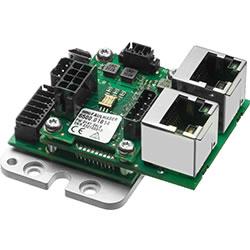Apple and GE just put iOS inside Industry 4.0
Measures to Cope With Reversed Energy
Cooperation between SICK and Silicon Software implements VisualApplets
Red Lion Case Study: Blizzard Ski
Makerbot Labs Is One Step Toward Open Source 3D Printing
Why Risk Assessment is Important in Machine Safety
Talking FABTECH 2017 with Turck
DowDuPont's Andrew Liveris: How America Can Bring Back Manufacturing
Capgemini: Smart factories could add $1.5trn to global economy
Time-Sensitive Networking: Reliable Communication for Industrial IoT
GE Healthcare opens its European 3D printing and design centre
Special Tradeshow Coverage for FABTECH 2017
CSAIL team pairs robots with VR for smart manufacturing
3 Revolutionary Advances in IoT Machine Learning
Making a Case for Urethane Parts: 5 Key Factors to Consider
Records 2296 to 2310 of 3077
First | Previous | Next | Last
Featured Product

MOTION CONTROLLERS FOR MINIATURE DRIVES AND MICRODRIVES
Manufacturing and Automation - Featured Company

